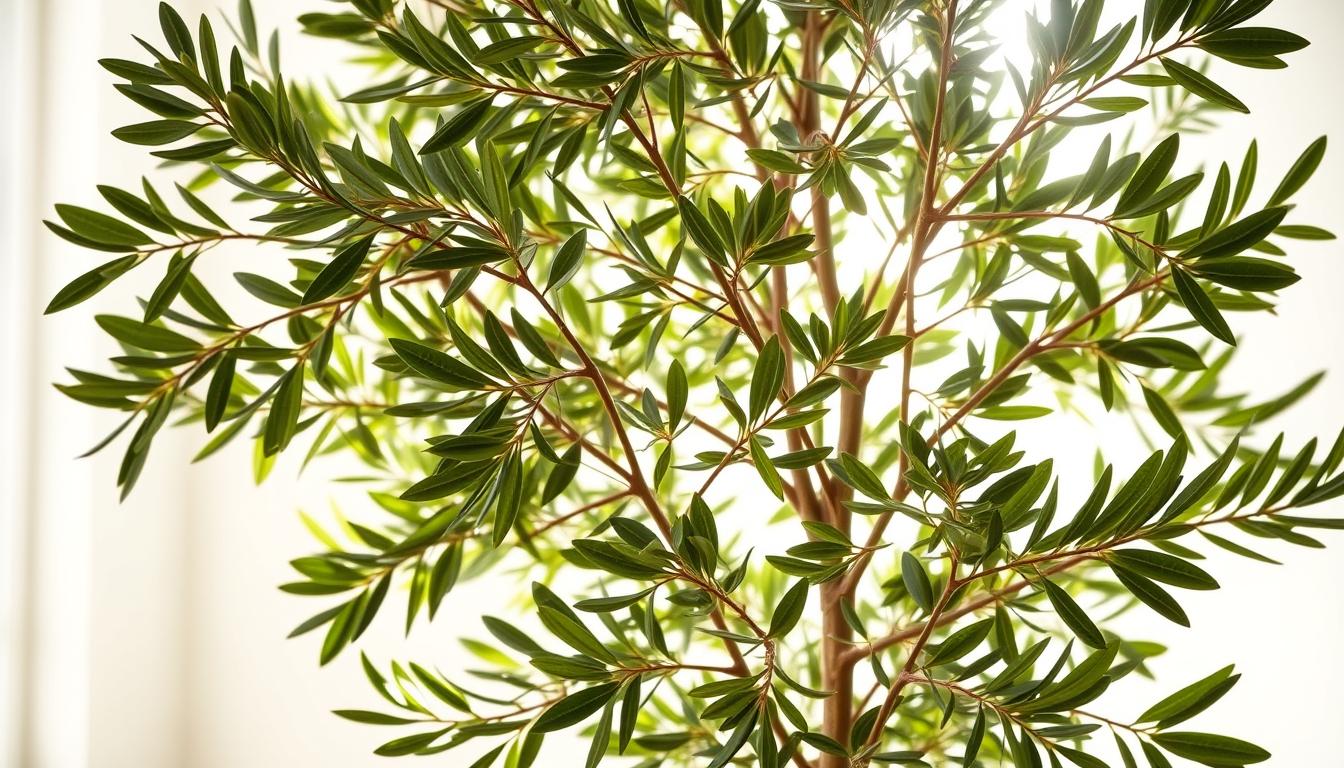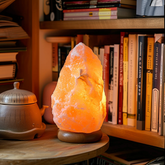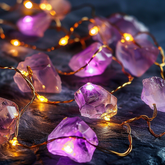Can you wash the leaves of an artificial olive tree?
Can you wash the leaves of an artificial olive tree?
Walking into a room with fresh-looking faux greenery is a joy. But, dust quickly makes even the most realistic trees look worn. This is why we learn to clean artificial plants without damaging them.

Yes, you can wash artificial olive tree leaves gently. They are often made from materials like plastic, silk, and wire. Start with dusting, then use a damp cloth or mild soap for tough spots.
For heavy dirt, a light rinse with warm water can help. But, make sure not to soak the trunk or base. This way, you keep your tree looking great.
Brands and guides offer tips on cleaning artificial plants. For example, this resource suggests using color-fast cloths and mild soap. Let the leaves dry completely to keep them looking real and prevent damage.
Key Takeaways
- Yes — you can wash the leaves of an artificial olive tree if you use gentle methods.
- Begin with dusting before attempting washing artificial plant leaves.
- Clean spots with a damp, color-fast cloth and mild soapy water.
- For deeper cleaning, lightly rinse leaves with lukewarm water and avoid soaking the base.
- Regular cleaning keeps faux olive tree leaves vibrant and realistic.
Can you wash the leaves of an artificial olive tree?
Many people wonder if they can wash the leaves of an artificial olive tree without damaging it. The answer is yes for most, but always check first. Look for glued parts, fillers, and any warnings before washing.

Why washing is safe for most artificial olive trees
Most artificial olive trees are made of durable materials like plastics and polyester silk. These can handle gentle washing. Use mild detergent and a soft cloth for each leaf. If needed, a light rinse with lukewarm water can remove dirt.
For artificial tree care, we use a spray bottle or a gentle hose setting. This avoids damaging the leaves. Décors Véronneau recommends using an artificial-plant spray to keep the leaves dust-free and shiny. For detailed cleaning tips, we refer to guides like this cleaning large faux plant resource.
When to avoid washing and choose spot-cleaning
Don't soak trees with glue, fabric stems, or paper parts. Excess water can damage adhesives and joints. Spot-cleaning is safer for these areas.
For delicate silk or when the maker advises against water, use dry cleaning methods. Décors Véronneau suggests using warm soapy water only for very dirty pieces. Avoid cleaners that might harm the tree.
Before cleaning, we check a few things. Inspect the materials and follow the instructions. Test a hidden leaf with mild soap and water. If there are adhesives, paper, or fabric, choose spot-cleaning. These tips help keep your artificial olive tree looking great and lasting longer.
Best methods for cleaning and washing artificial plant leaves, including faux olive tree leaves
Keeping your fake plants looking fresh is easy. We'll show you how to care for them, clean them gently, and use the right tools. This way, your plants will always look natural and stay in great shape.

Routine dusting and light maintenance
Begin at the top to avoid spreading dust. Use a microfiber cloth, soft-bristled brush, or feather duster to clean. A cool hairdryer setting can help get rid of dust from hard-to-reach places before you wipe them clean.
Dust more often in dusty homes, every 1–2 weeks. Less dusty areas can be cleaned monthly. Taking small steps makes cleaning your plants quick and easy.
Cleaning with a damp cloth and mild soapy water
Mix mild dish soap with lukewarm water. Dip a microfiber cloth in the solution, but don't soak it. Gently wipe each leaf, especially the underside where dust tends to collect. This method is safe for your plants and doesn't use harsh chemicals.
Stay away from harsh cleaners that can damage your plants. For branches, make sure the cloth is just damp. Wipe joints and crevices carefully to avoid damaging glued or wired parts.
Light rinsing method for deeper cleaning
For tough dirt, use a spray bottle or a gentle garden hose setting. Avoid getting water on trunks, bases, or any non-waterproof pot fills. Protect areas with adhesive or paper.
After rinsing, let your plants air-dry in a well-ventilated area. You can also dry parts you can reach with a towel to speed up the drying process. This method is perfect when simple wiping isn't enough.
Tools and products we recommend
We use microfiber cloths, soft-bristled brushes, feather dusters, and a soft toothbrush for tight spots. Mild dish detergents like Dawn work well. A spray bottle for diluted soap, compressed air for delicate areas, and a cool hairdryer complete our kit.
For extra care, consider an artificial-plant cleaning spray or UV-protectant for sun-exposed pieces. For more detailed care tips, check out this guide: how to clean artificial plant foliage and specific tips at cleaning faux olive tree leaves.
We start with dusting, then spot-wipe with mild soapy water. Light rinsing is for tough dirt. This order is the safest way to clean your plants without damaging them.
Practical care tips for maintaining faux olive tree realism and longevity
We want our faux olive trees to look natural for years. To do this, we gently dry them, protect from sun and heat, and reshape leaves and branches. Here are simple steps for caring for fake olive tree leaves and maintaining artificial tree leaf in everyday settings.

Drying and reassembly guidance
After wet cleaning, dry leaves with a towel first. Then, let the tree air-dry for 24–48 hours in a well-ventilated area. This prevents mold and lets adhesives set.
We avoid using high heat from heaters or hairdryers on plastics and silk finishes. If we remove branches for cleaning, we reattach them carefully. We align wires and sockets and fluff leaves back to their natural positions.
Protecting leaves from sun and heat
Direct sun can fade or make leaves brittle. We place trees in indirect light or shaded windows. We also keep them away from radiators, fireplaces, and vents.
For sun-exposed pieces, we use a seasonal sunblock spray for artificial plants. For outdoor settings, we choose UV-resistant models or apply a UV protective spray. This extends life and color.
Reshaping branches and fluffing foliage
We gently bend wired branches to create natural silhouettes, starting from the trunk. Small shaping moves often make a big difference.
Fluffing leaves individually adds fullness and realism. If a leaf becomes loose, we reattach it with a clear-drying craft adhesive. We test it on a small area first.
Regular schedule and prevention
We follow a simple maintenance routine. We dust weekly or biweekly, spot-clean monthly, and deep clean seasonally. This regular attention reduces the need for major interventions.
Using a dust-repellent spray after cleaning helps cut future buildup. For winter, we store outdoor artificial plants indoors to protect finishes and avoid weather damage.
For more tips on maintaining artificial plant greenery and cleaning fake plant foliage, we refer to this guide: how to care for artificial plants. By following these steps, we keep our faux olive trees realistic and durable.
Conclusion
We can safely wash the leaves of an artificial olive tree by following the right steps. Start with routine dusting. Then, use a damp microfiber cloth and mild soapy water for spot-cleaning. Light rinsing is best for deeper grime.
Before cleaning, check the materials and test cleaners on a hidden leaf. This prevents color transfer or damage. It's important to avoid harsh chemicals and excessive soaking.
Always air-dry fully and protect glued parts, trunks, and bases from moisture. These steps help keep our faux olive tree looking good. They also extend its life.
Regular care prevents dust buildup. It makes maintaining artificial plant greenery easy and effective. For a quick guide on cleaning methods and tools, check out waysaving’s cleaning tips.
For lifelike faux olive trees, visit Gaia’s Tears. Follow these routines to keep them fresh and realistic.
FAQ
Can you wash the leaves of an artificial olive tree?
Yes, you can wash the leaves of an artificial olive tree. Most are made from materials like plastic and silk that can handle gentle washing. Start with dry dusting and use lukewarm water and mild soap for dirtier leaves. Be careful not to damage glued parts or the trunk.
Why is washing safe for most artificial olive trees?
Washing is safe because many artificial olive trees are made from durable materials. Décors Véronneau and cleaning blogs suggest using mild detergent and soft tools. This helps remove dirt without harming the tree's finish. An artificial-plant spray can also help keep dust away.
When should we avoid washing and choose spot-cleaning instead?
Don't soak or rinse if you see glue, paper, or foam inside. Also, avoid water if the pot has decorative moss or foam that's not waterproof. Use microfiber dusting, compressed air, or an artificial-plant spray for spot-cleaning instead.
What is the best routine for dusting and light maintenance?
Start at the top to prevent re-soiling. Use a microfiber cloth or soft-bristled brush to remove dust. For hard-to-reach spots, a cool/low hairdryer can help before using a dust-repellent spray. Dust every 1–2 weeks in dusty homes, or monthly in less busy areas.
How do we clean leaves with a damp cloth and mild soapy water?
Mix mild dish soap with lukewarm water. Dampen a microfiber cloth and gently wipe each leaf. Wring the cloth well before cleaning branches and joints. Avoid using harsh cleaners that can damage the finish.
What’s the light rinsing method for deeper cleaning?
For heavy grime, gently rinse leaves with a spray bottle or hose on low. Keep water away from trunks and glued areas. Rinse off soap residue well, then air-dry in a well-ventilated area.
Which tools and products do we recommend for cleaning faux olive tree leaves?
Use microfiber cloths, soft brushes, and feather dusters. Mild dish detergent, a spray bottle, and artificial-plant cleaning sprays are helpful. For rinsing, a gentle garden hose or spray bottle is best. Use a cool hairdryer for dust removal.
How should we dry and reassemble the tree after cleaning?
Air-dry completely in a well-ventilated area to prevent mildew. Towel-dry reachable leaves and let them dry for 24–48 hours. Avoid heaters that can warp plastic or damage silk finishes. Reattach branches and fluff foliage back into place.
How can we protect faux olive leaves from sun and heat?
Keep trees in indirect light or shaded windows. Avoid radiators, fireplaces, or vents. For sun-exposed trees, use a UV-protectant spray. Direct sun can fade and brittle leaves over time.
What’s the best way to reshape branches and fluff foliage?
Gently bend wired branches to create natural shapes. Fluff leaves from inner branches outward for fullness. For minor loose parts, use clear-drying craft glue made for plastics and fabrics, testing on a hidden spot first.
What regular schedule and prevention steps do you recommend?
Dust weekly or biweekly, spot-clean monthly or as needed, and deep-clean seasonally. Apply dust-repellent or UV sprays when new and seasonally. Store outdoor pieces indoors in harsh winter months to protect finishes. These steps help preserve color, realism, and lifespan.









